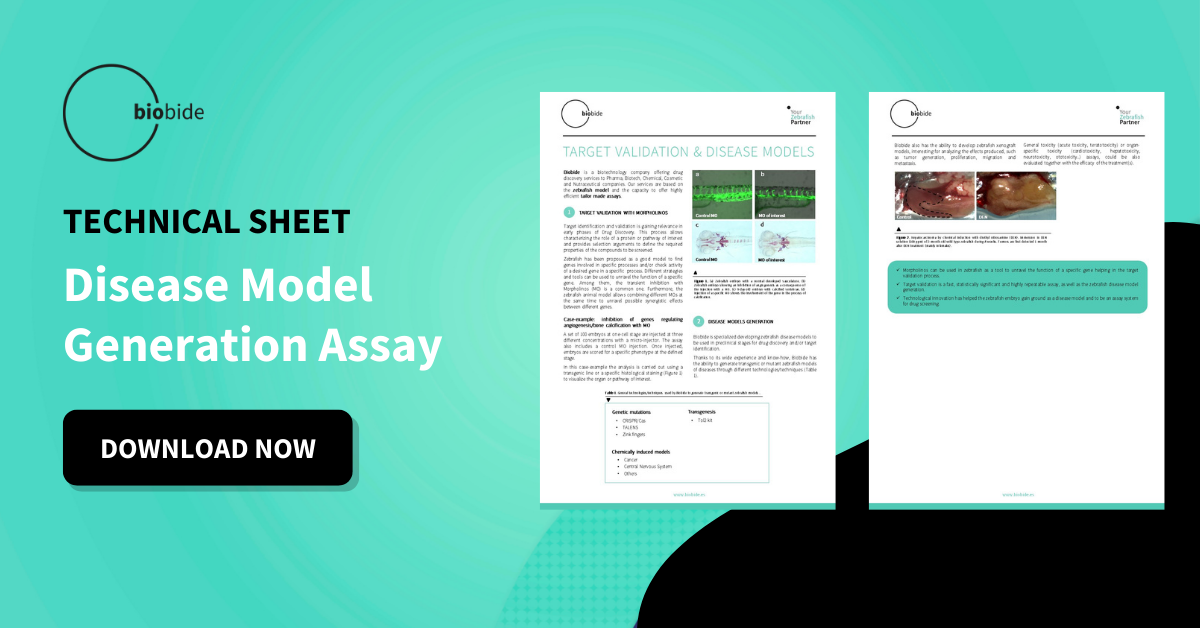In the realm of modern biology, understanding the intricate machinery of life demands a comprehensive approach. "Omics" technologies, are a suite of methods that enable the study of biological molecules on a grand scale, gathering the complexity of living systems and revolutionizing their comprehension.
The Omics Landscape
The term "omics" is derived from various subfields such as genomics, transcriptomics, proteomics, metabolomics, and others. Each of these omics disciplines focuses on a specific class of biological molecules or conditions.
- Genomics: This branch is an interdisciplinary field focusing on the structure, function, evolution, mapping, and editing of genomes. Main genomic studies focus on deciphering the complete set of genes (genome) and their sequence within an organism. This discipline also studies the specific genetic information of a certain condition, such as the genetic landscape of pathologies.
- Transcriptomics: being a subfield of genomics, it is focused on studying the complete set of RNA transcripts in a cell, tissue, or organism, revealing gene expression patterns and regulatory mechanisms.
- Proteomics: It is a discipline that studies the complete set of proteins within a cell or organism, the proteome, providing insights into protein structure, function, and interactions.
- Metabolomics: Exploring the entire set of metabolites, small molecules produced or used by the metabolism, aiding in understanding metabolic pathways and cellular processes.
- Epigenomics: Examining modifications to DNA that regulate gene expression, shedding light on how environmental factors influence gene activity.
Omics Technologies: Tools and Techniques
Omics disciplines employ advanced, high-throughput techniques to analyze biological data comprehensively. Genomics and transcriptomics decode entire genomes through next-generation sequencing (NGS) technologies. For gene expression analysis NGS technologies or microarrays can be used, both enabling the analysis of the gene expression of thousands of genes.
Proteomics and metabolomics use mass spectrometry for specific identification of a set of known proteins or metabolites. Concerning the structural studies of these molecules, nuclear magnetic resonance (NMR) and X-ray crystallography are used for assessing the atomic structure of proteins or metabolites. Finally, epigenetic modifications can be analyzed by bisulfite sequencing, chromatin immunoprecipitation sequencing (ChIP-Seq), DNA methylation arrays, and others.

Employment of Omics Technologies in Preclinical R&D
Omics technologies have significantly impacted preclinical R&D, offering comprehensive insights into biological systems before transitioning into clinical studies. In the preclinical setting, these approaches play a pivotal role in understanding diseases and Drug toxicity assessment, toward personalized medicine.
- Disease Understanding and Biomarker Discovery
Omics technologies, particularly genomics and transcriptomics, aid in elucidating disease mechanisms at a molecular level. Researchers can identify genetic variations associated with diseases, paving the way for potential therapeutic targets. Additionally, omics data can unveil biomarkers—indicators of disease presence, progression, or treatment response—crucial for early diagnosis, prognosis, or treatment.
- Drug Development and Target Identification
Omics technologies facilitate target identification and validation for Drug Discovery and Development. Genomics, transcriptomics, and proteomics help identify specific genes, proteins, or pathways involved in a concrete disease, guiding the development of targeted specific drugs, with higher efficiency and less adverse effects. Understanding how Drugs interact with biological systems on a molecular level improves the efficiency and safety of Drug candidates, increasing the success of their research process, decreasing even time and cost of the process, and obtaining more successful candidates earlier in the Drug Discovery and Development process.
- Toxicity Assessment
Omics approaches play a vital role in evaluating the safety of potential drugs or environmental chemicals. Toxicogenomics, a subfield of genomics, examines the genetic factors and mechanisms underlying the toxicity of substances. By studying changes in gene expression or protein profiles upon exposure to toxins, researchers gain insights into potential adverse effects, aiding in risk assessment and mitigating toxicities early in the Drug Discovery and Development process, for safer Drug candidates
- Personalized Medicine and Predictive Modeling
Utilizing omics data, especially genomics and pharmacogenomics, enables the customization of treatments based on an individual's genetic makeup. This personalized approach helps predict Drug responses, optimizing dosages, and minimizing adverse effects. Integrating multi-omics data allows the development of predictive models for disease progression, treatment outcomes, and patient responses.
- Advancing Experimental Design and Data Interpretation
Omics technologies offer a holistic view of biological systems, influencing experimental design in preclinical studies. High-throughput techniques and advanced computational tools aid in managing and interpreting vast amounts of omics data. This allows researchers to explore complex interactions and networks within biological systems more comprehensively.
In conclusion, omics technologies have revolutionized the preclinical R&D landscape by providing a deeper understanding of biological processes, disease mechanisms, and Drug responses. These approaches have not only accelerated the Drug Discovery and Development process but also paved the way for precision medicine and personalized interventions, ultimately improving healthcare outcomes.
Challenges and Future Prospects
Omics technologies face challenges such as data analysis complexity, standardization, and ethical considerations regarding the privacy of personal biological fingerprints. The future holds promise with advancements in computational techniques, artificial intelligence, and integration of multi-omics data for a rounded understanding of biological systems.
Omics technologies have transformed biology, empowering researchers to explore the intricate molecular landscapes of life. These approaches not only deepen our understanding of biological processes but also hold immense promise in revolutionizing fields like medicine, agriculture, and environmental science. Those technologies can be also applied to New Alternative Models (NAMs) such as zebrafish, improving the information of any toxicity or efficacy assay done in zebrafish, with their gene profile, finally expressed in a biomarker related to this information.
In summary, the amalgamation of omics technologies is propelling us toward a deeper comprehension of life's complexity, paving the way for groundbreaking discoveries such as the cure or improved management of serious and complex illnesses including cancer, neurodegenerative disease, metabolic diseases, or immune-mediated diseases, or more patient-oriented therapies, that will impact in an increased lifespan and a huge improvement of the quality of life of these patients.
References
- Hasin, Yehudit, Marcus Seldin, and Aldons Lusis. “Multi-Omics Approaches to Disease.” Genome Biology 18.1 (2017): 83–83. Web.
- Gerner, Christopher et al. Integrative Multi-Omics in Biomedical Research. Basel, Switzerland: MDPI - Multidisciplinary Digital Publishing Institute, 2021. Print.
- Nativio, Raffaella et al. “An Integrated Multi-Omics Approach Identifies Epigenetic Alterations Associated with Alzheimer’s Disease.” Nature genetics 52.10 (2020): 1024–1035. Web.
- Molecular Omics. Cambridge, UK: Royal Society of Chemistry, 2018. Print.
- Mohammadi-Shemirani, Pedrum, Tushar Sood, and Guillaume Paré. “From ‘Omics to Multi-Omics Technologies: The Discovery of Novel Causal Mediators.” Current atherosclerosis reports 25.2 (2023): 55–65. Web.





